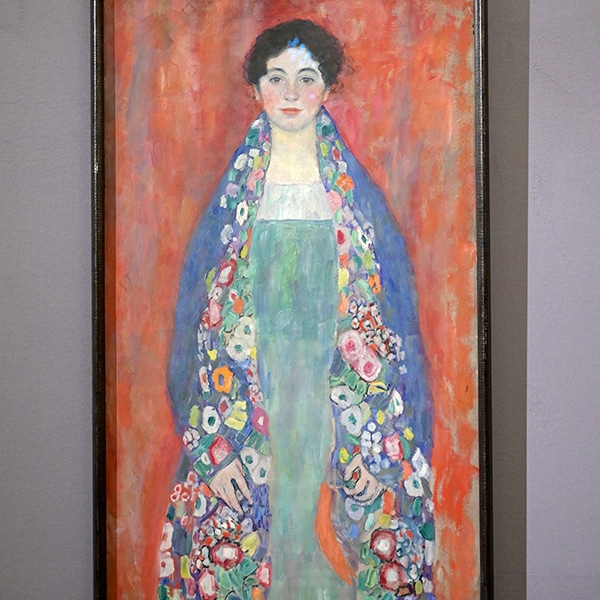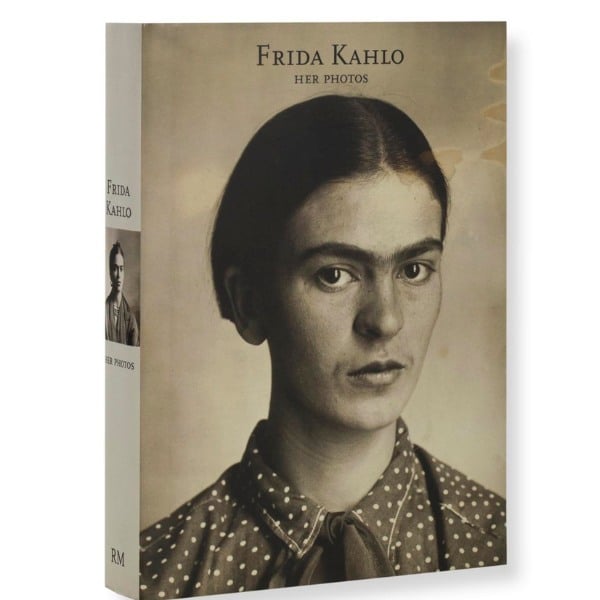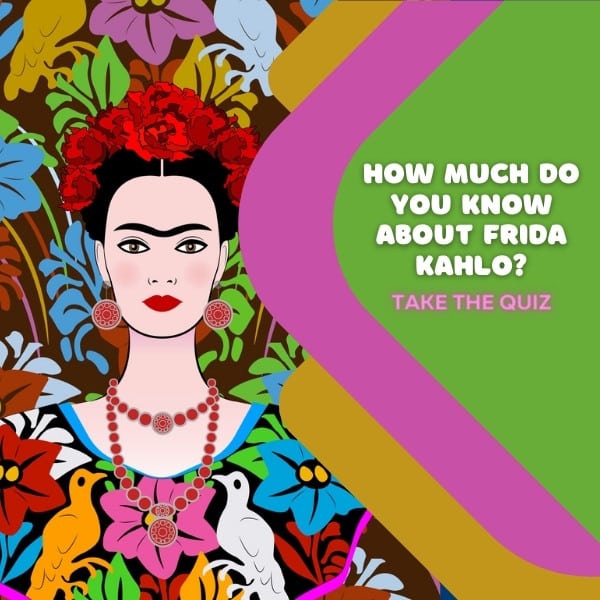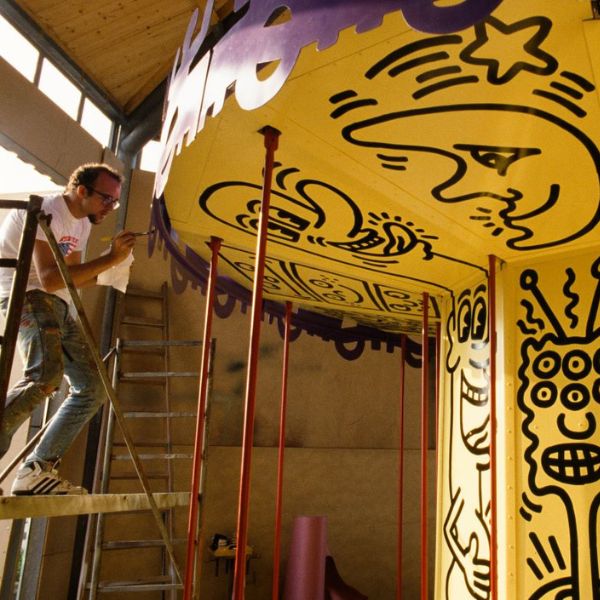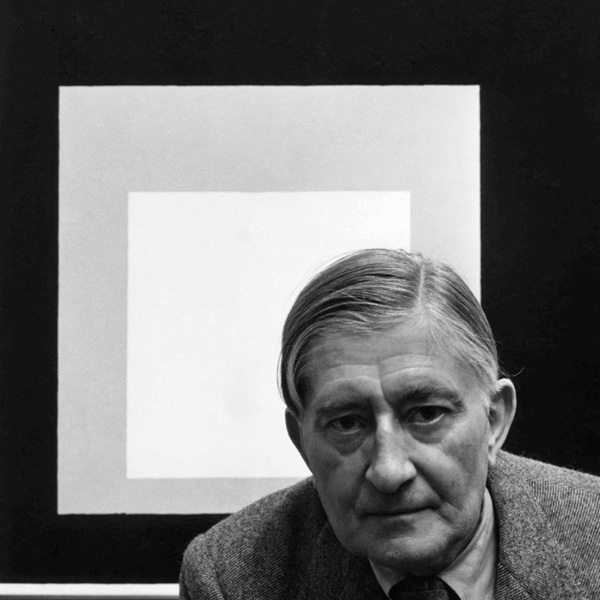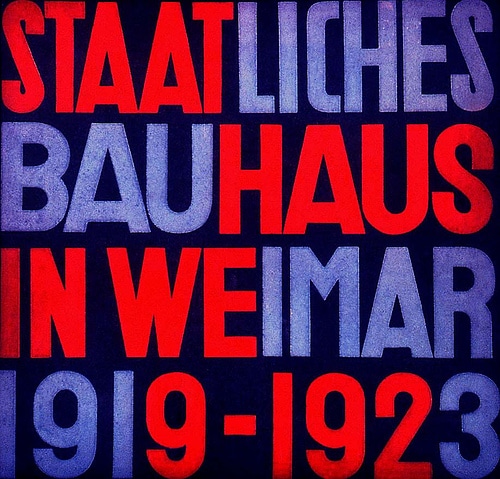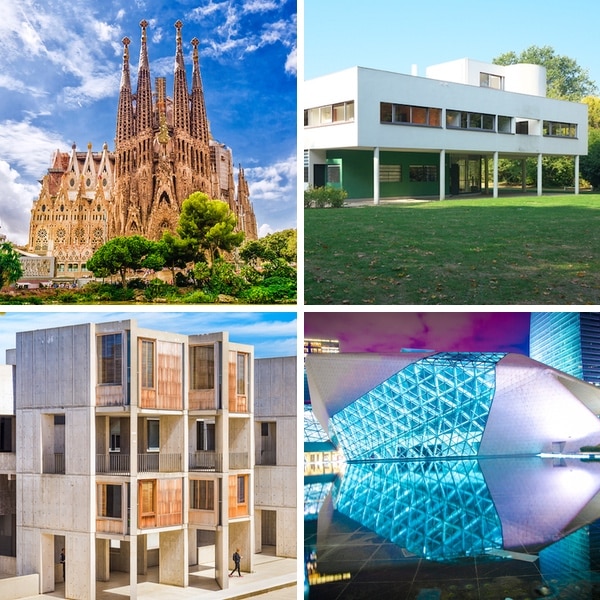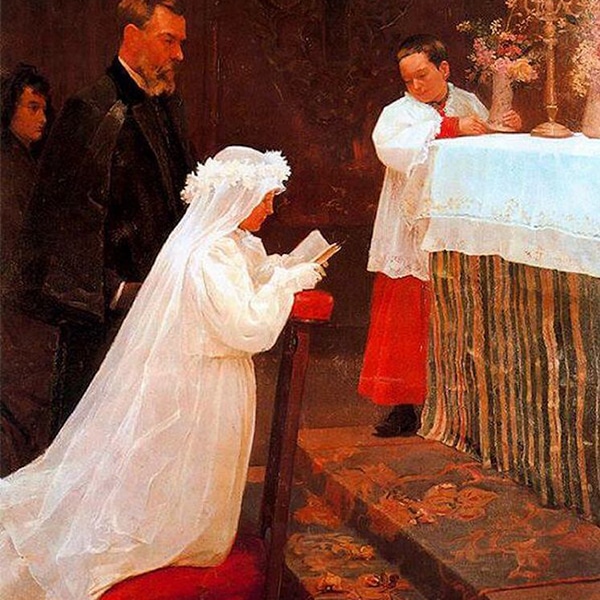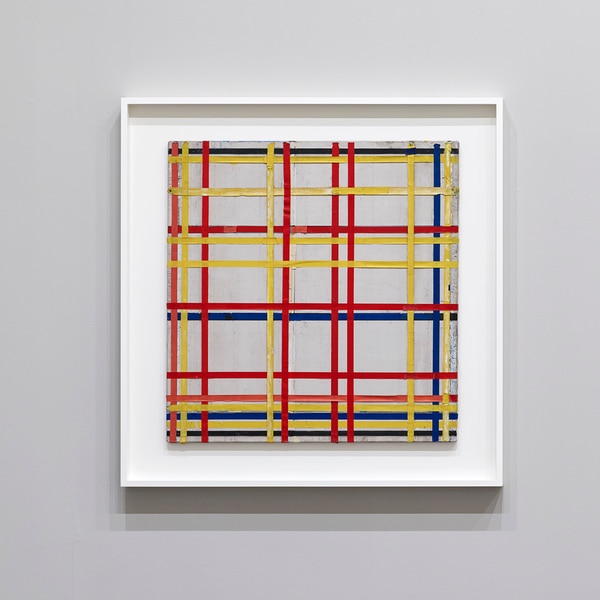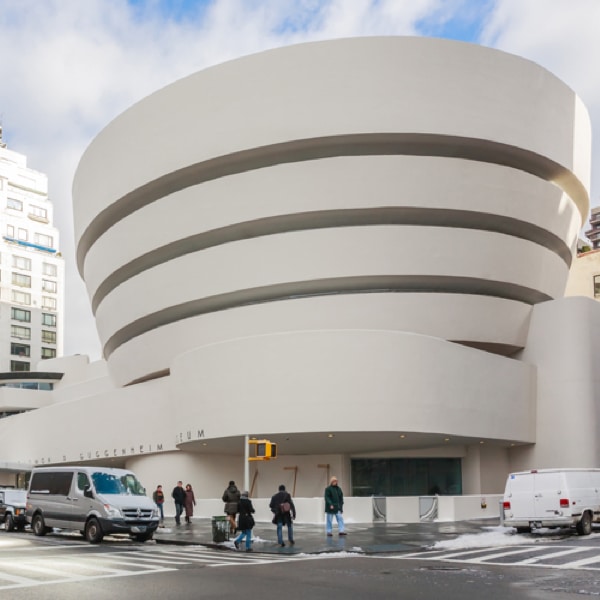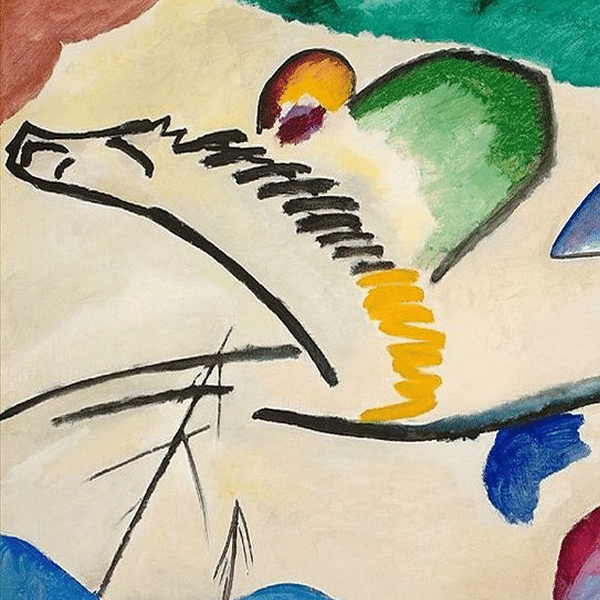View this post on Instagram
Best known for his vibrant paintings of Los Angeles' swimming pools, David Hockney is considered one of the most influential artists of the 20th century. The 83-year-old English painter, draughtsman, printmaker, stage designer, and photographer made a huge contribution to the Pop Art movement of the 1960s, and he still continues to paint and exhibit today. From his early abstract figure paintings to his later photographic collages, Hockney’s style is constantly evolving.
Read on to discover five Hockney artworks that showcase the various themes and techniques he explored throughout his career.
Here are five David Hockney artworks that showcase how his artistic style evolved over the years.
We Two Boys Together Clinging, 1961
View this post on Instagram
This early work, titled We Two Boys Together Clinging, was one of the first nods to Hockney’s homosexuality in his art. Painted at a time when being gay was illegal in both the U.S. and in Britain, the representation of two men embracing each other was a risky choice for the brave artist. The gestural style and muted color palette of the piece is far from Hockney’s polished, colorful compositions that he’s now known for. However, this abstract approach gave him a way to address same-sex relationships in a manner that doesn't reveal the identity of his subjects.
Hockney painted We Two Boys Together Clinging towards the end of his second year at the Royal College of Art. The painting derives from a poem of the same title by the 19th-century American writer, Walt Whitman. Two lines of the poem have been scribbled on the right-hand side, offering a narrative of the scene. The painting also references a newspaper clipping detailing a climbing accident at the time (“Two Boys Cling to Cliff all Night”). This double meaning delighted Hockney, who idolizes the British pop singer, Cliff Richard.
A Bigger Splash, 1967
View this post on Instagram
Hockney painted A Bigger Splash during his time at the University of California at Berkeley. The swimming pools of L.A. were one of his favorite subjects, and he became known for large, iconic works that depicted them in a vibrant, realist style. This particular 94 × 94 inch piece is the result of two smaller paintings in which he developed the idea: A Little Splash (1966) and The Splash (1966). A Bigger Splash was painted with acrylic paint, which was a relatively new artistic medium back then. Conceptually, its use made sense; Hockney felt as though the fast-drying pigment was more suited to depicting the hot, sun-baked landscapes of California than traditional oil paints.
Hockney based the painting’s splash on a photograph he found in a pool manual. His aim was to capture the split-second event in a still image. The fluidity of the splash contrasts against the rigid geometry of the Californian home in the background, as well as the straight edges of the pool and the yellow diving board. “I love the idea first of all of painting like Leonardo, all his studies of water, swirling things,” Hockney wrote in his autobiography. “And I loved the idea of painting this thing that lasts for two seconds: it takes me two weeks to paint this event that lasts for two seconds.”
American Collectors (Fred and Marcia Weisman), 1968
Hockney’s portrait paintings of the late ‘60s offer an insight into the mood and culture of America at the time. In American Collectors, Hockney depicts his friends Fred and Marcia Weisman outside their Los Angeles home. They are surrounded by their prized art possessions, such as a modernist sculpture and a Henry Moore totem pole.
The painting’s pastel color palette makes the scene appear almost dreamlike, beautifully capturing the Southern Californian sunlight. The couple stands as rigid as their surrounding garden statues, giving a surreal and almost comical feeling to the piece. The painting also challenges traditional gender roles; Marcia, a full-figured matron in a robe, bares her teeth and strikes a pose that is both elegant and powerful. Fred, the man of the house, stands to the far left-hand side of the painting with his fists clenched, mirroring the position of the totem pole as if both are of equal importance.
A Bigger Grand Canyon, 1998
View this post on Instagram
Inspired by the Grand Canyon's monumental scale, Hockney began photographing the natural marvel in 1982. “There is no question that the thrill of standing on that rim of the Grand Canyon is spatial,” he once said. “It is the biggest space you can look out over that has an edge.”
The 19th-century painter Thomas Moran is one of the few artists who managed to successfully capture the scale and details of the Grand Canyon in their art. Moran's version is considered by many to be the most famous, but Hockney wanted to challenge this with his own iteration. He created A Bigger Grand Canyon in response to Moran’s 111 × 170-inch painting—Hockney's is even larger at 106 × 275 inches. It comprises 60 small canvases joined together to create one large view, representing just a portion of the canyon. The vibrant artwork evokes what it is actually like to visit the epic landscape, to view its tiny details as well as its dramatic vistas, all at the same time.
Billy + Audrey Wilder, 1981-1982
View this post on Instagram
By the early ‘80s, as part of an investigation into Cubism, Hockney began to experiment with photographic collages. He combined dozens of Polaroid pictures, taken from varying angles, to create a complete image, or what he described as “joiners.” In Billy + Audrey Wilder, Hockney produced a dizzying effect by representing the subjects from multiple viewpoints. Each individual Polaroid is taken separately but experienced simultaneously. “I was at the camera day and night,” Hockey explains, “the joiners were much closer to the way we actually look at things, closer to the truth of experience.”
David Hockney: Website | Facebook | Instagram
Related Articles:
David Hockney Exhibit at LACMA Presents 82 Intimate Portraits by the Artist
Major Exhibition Explores Van Gogh’s Influence on David Hockney for the First Time











































































